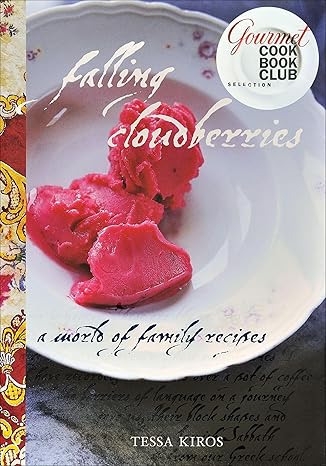Spinach

The distinctive, slightly bitter/metallic flavour of spinach makes it something of a 'love it or hate it' food. If you're in the 'love it' camp, try one of our suggested recipes and prepare to love it even more (the spanakopita in particular is incredible).
Spinach is available year-round, but the freshest, tenderest spinach is most easily obtainable in the spring.
HISTORY
It is thought that spinach was first cultivated in southwest Asia. Trade routes through the Middle East took it to North Africa, from where it was introduced to Europe by the Moors by the twelfth century.
A cookbook belonging to King Richard II demonstrates that spinach was grown in England in the fourteenth century.
BIOLOGY
Spinach (Spinacia oleracea) is a flowering plant belonging to the family Amaranthaceae.
TIPS
BUYING
Spinach has a high water content and so reduces to around a quarter of its size when cooked. Buy lots.
STORING
Keep in a plastic bag in the fridge for three to four days.
PREPARING
Give leaves a good wash in a sinkful of lukewarm water to remove any traces of grit (if bought from a farmers' market) or chemicals (if bought from a supermarket), changing the water two or three times. Drain, or dry in a salad spinner if the leaves are to be eaten raw. Cut out any thick stems.
Spinach can be steamed in the water clinging to the leaves after washing. Give them 5 to 10 minutes in a large saucepan on a moderate heat. Sauteeing and microwaving are also good cooking methods.
Raw spinach is excellent in salads and, like watercress, has a natural affinity with bacon. Spinach also pairs beautifully with smoked haddock and with cheese, especially feta-style.
MISCELLANY
In French cuisine the term 'à la florentine' indicates dishes featuring spinach.
IN OUR FAVOURITE BOOKS
To support site running costs, we participate in the Amazon affiliates scheme and book links take you to the relevant Amazon page.
 Includes a recipe for
Includes a recipe for Indian spinach bread (Palak roti)
 Includes a recipe for
Includes a recipe for Spanakopita
 Includes a recipe for
Includes a recipe for Spinach with raisins and pine nuts


